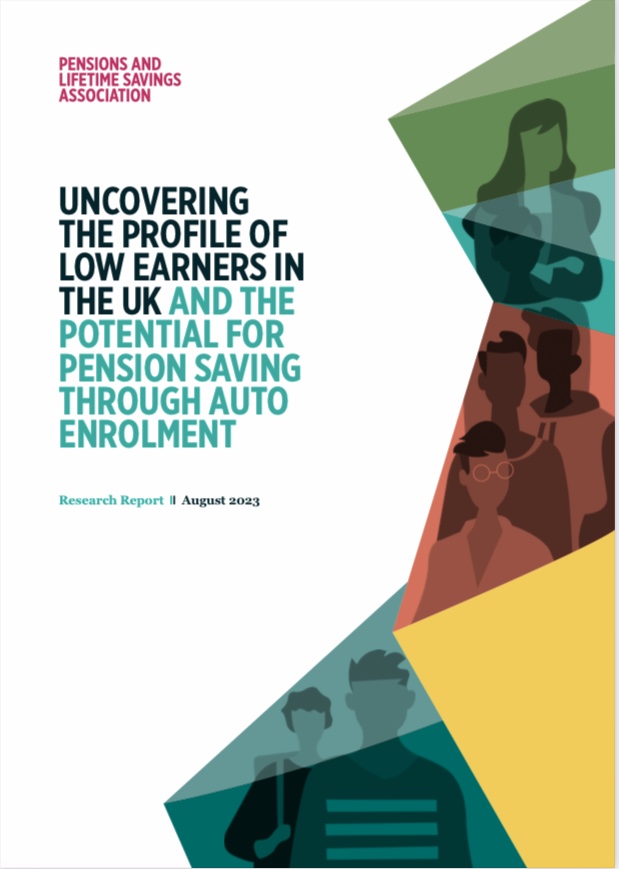Autonomy or Delegation, Libertarianism or Paternalism: What I Like for Myself and What I Like for Others on Pension Savings
By Carmen Sainz Villalba By using an online survey conducted with Bilendi&Respondi, we correlate the variables of people’s perception of howdifferent they are from others with respect to their pension plan preferences, how informed they are about financial matters in general, and what are their preferences toward the government intervention of savings plans. The empirical approach is inspired by theory results of Konrad (2023). His game-theory analysis suggest that two factors increase the citizen’s desire for autonomous economic decision-making: eccentricity...










